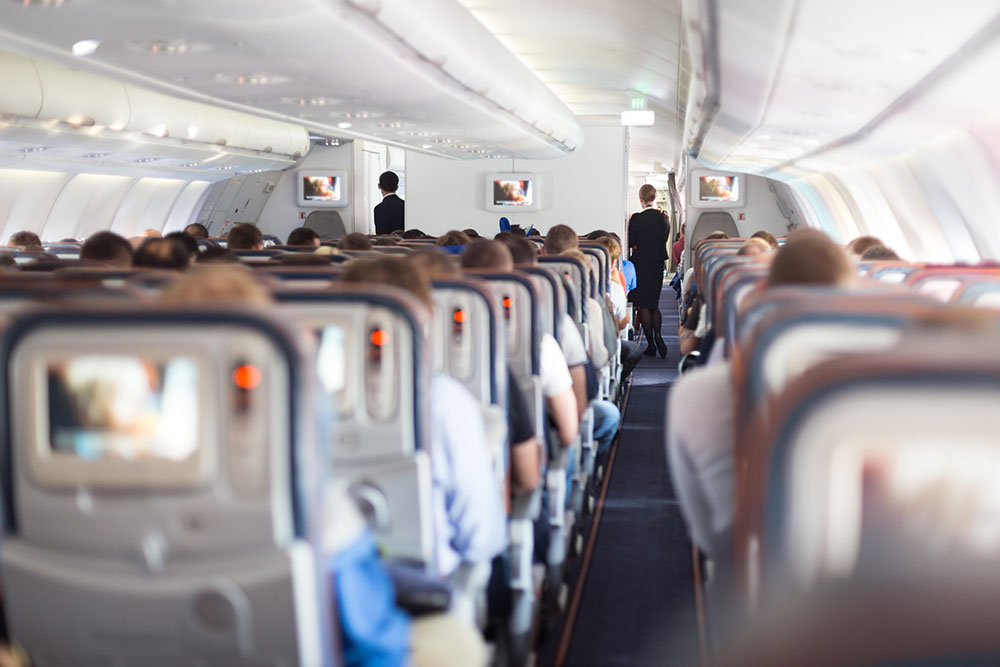Originally posted by the Alberta College and Association of Chiropractors
March is typically the month Albertans become bitter at most of the country’s weather patterns. In many places, Canadians are trading their toques, mittens and gloves for baseball caps, spring jackets and even, dare I say, t-shirts. Albertans, however, typically must concede that we’re probably going to have to keep our snow shovels handy until May.
Due to this concession, March is the perfect time for Albertans to take a break from winter and fly off to warmer destinations. Unfortunately, plane trips, whether they be long or short, can take a toll on your back. In the summer of 2008, SpineUniverse conducted a survey to understand how airplane seats affect travelers’ backs and necks. A whopping 74 per cent of people who flew in the last 12 months said they experienced back pain as a result of their travels.
Why is my back sore after flying?
What causes most of the back pain for air travelers is remaining static for long periods. Sitting motionless for hours, cramped in a plane seat while your muscles stiffen can take its toll.
What air travelers often do before they even step on to the plane can wreak havoc on their back as well. Loading heavy, stuffed luggage into the car, racing through the airport with carry-on bags dangling on shoulders and then trying desperately to fit those bags into the overhead storage only compounds back problems.
What can I do to ease my back pain?
Pre-Flight
Believe it not your preparation begins before you even take off. The stronger your back and core is before the flight, the better chance you have of surviving it without pain. Participating in activities like Pilates or similar core strengthening exercises can go a long way in the battle against back pain.
Mid-Flight
There are methods to alleviate your back pain while you’re in the air as well. These include:
- walking up and down the aisle every 40 minutes or so will allow your back muscles to loosen up a little.
- Try to stretch using these stretching exercises if you can find the space. (An aisle seat is perfect for this.)
- placing a book on the floor to put your feet on will raise your legs slightly, putting them in better alignment with your hips.
- using a pillow or rolled up sweatshirt as lumbar support on the back of your seat, which will act as a cushion for your lower back.
- being hydrated. Dehydration can worsen back pain, especially if you have pre-existing disc problems. Make sure you drink plenty of water and try to avoid caffeinated drinks.
Post-Flight
If you are still experiencing pain after your flight, it’s important to get up and moving. Avoid sitting or lying down for long periods of time as this could just make the pain worse.
Seeing your chiropractor is a fantastic option if you are feeling the effects of flight related back pain. Sometimes a simple adjustment to your spine before and after a plane trip can save you from dealing with unnecessary back pain. Talk to your chiropractor about good posture techniques and exercises for your travels.


